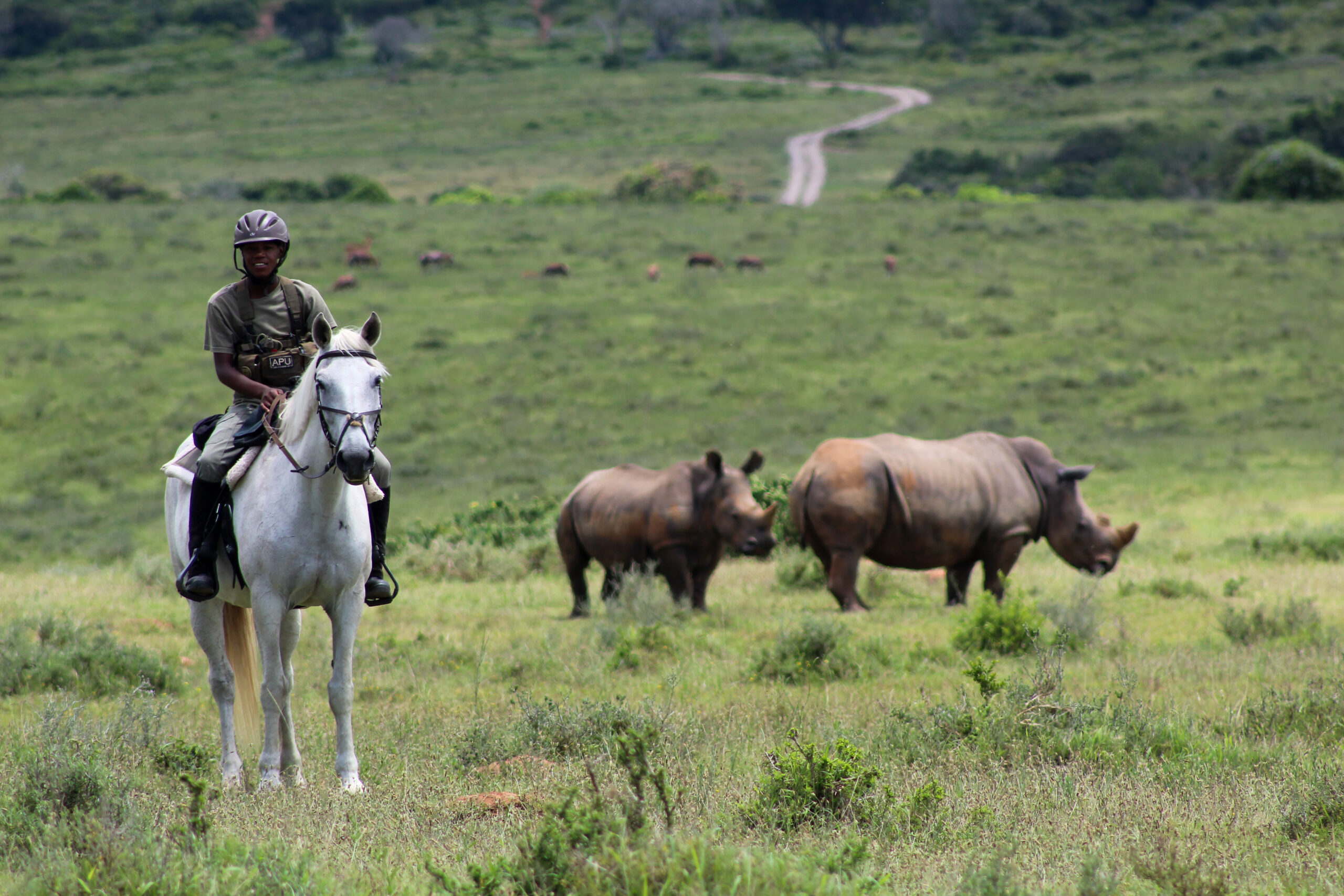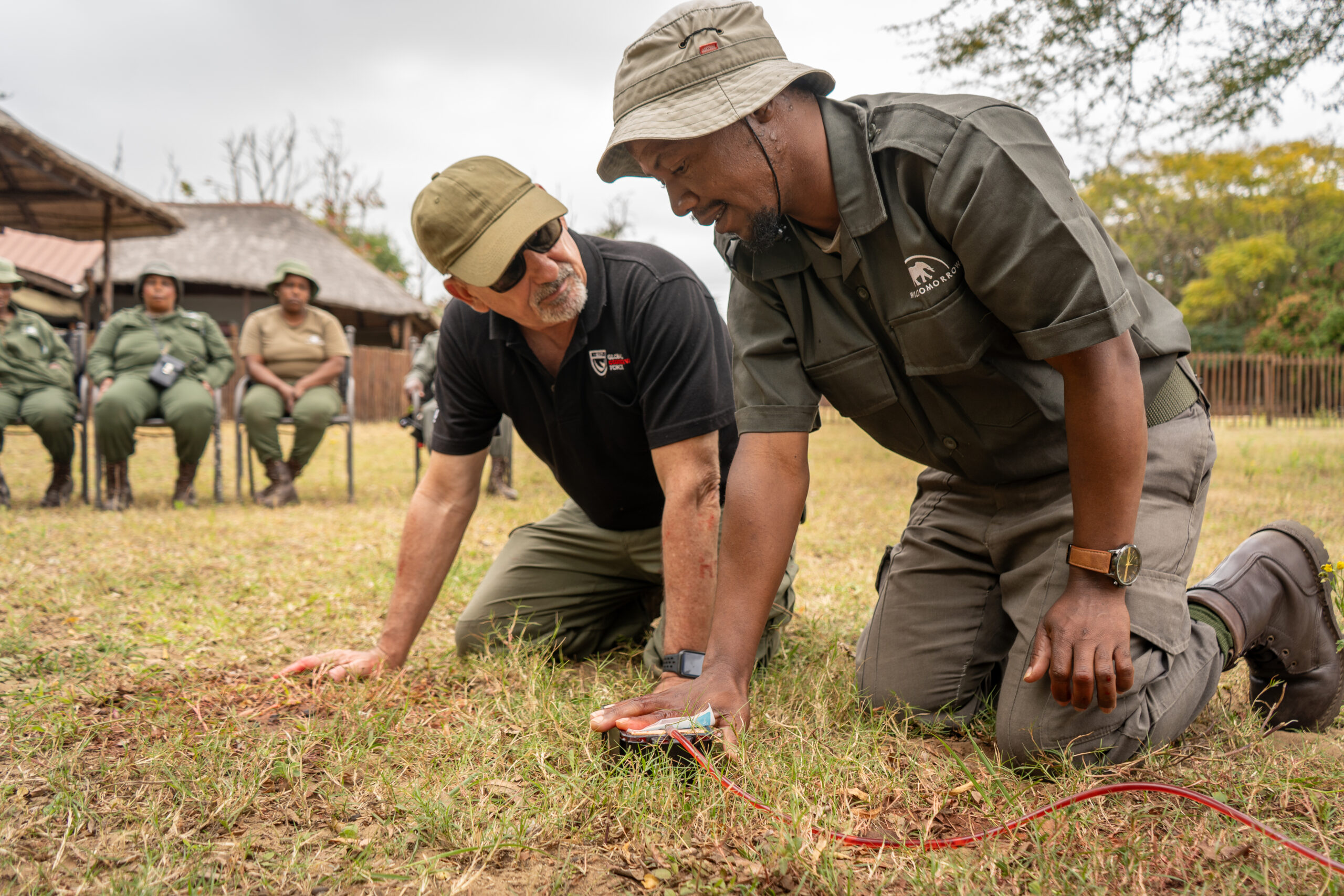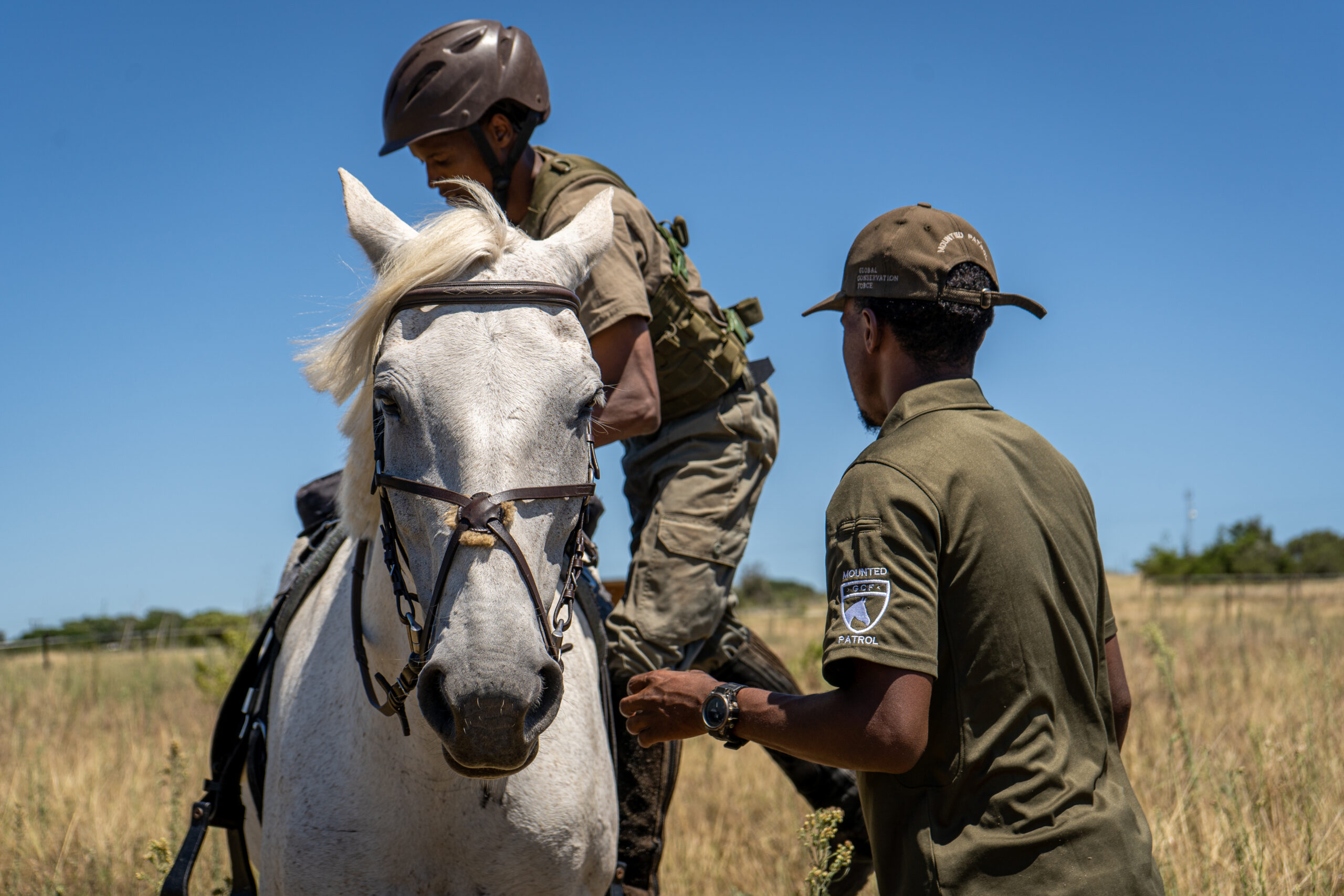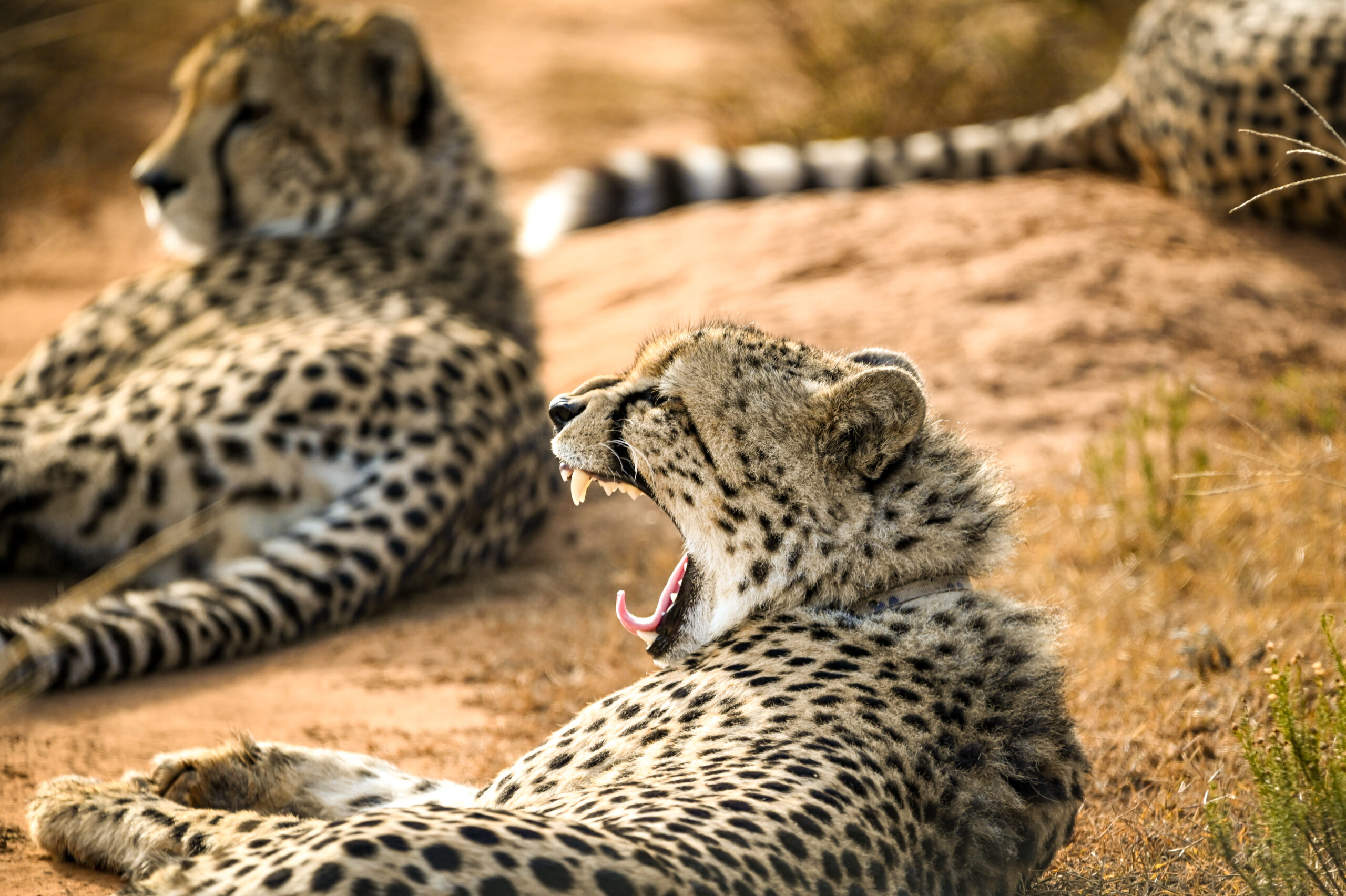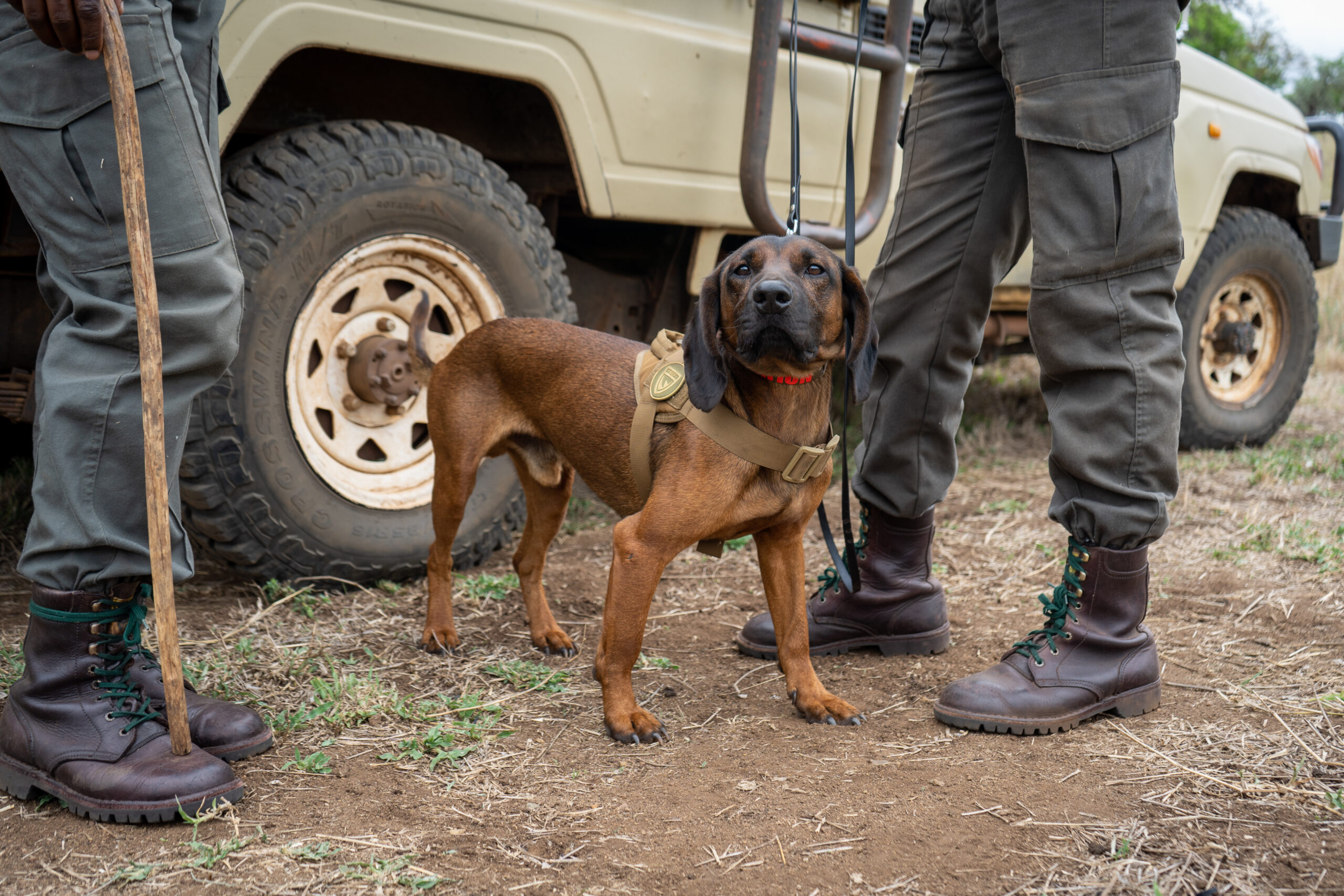World Rhino Day 2015 – An update from the field
World Rhino Day 2015; An update from the field
Rhino infographic World Rhino Day 2015
We have now made it to World Rhino day 2015 and at face value we are not showing true success with the number of rhinos lost. All of the (publicly available) stats and Anti Poaching Unit (APUs) hearsay info is showing that close to 1,400 – 1,500 rhinos will be killed by poachers in South Africa alone, in 2015. This does not include calves that died in the womb after their mom was killed, deaths as a result of being orphaned or rhinos that died later due to complications caused by the poachers. However, there is positive change in the air. The global awareness and pressure to solve the problem is mounting.
We, as the conservationists fighting to save rhinos, are somewhere in the eye of the storm or in the peak of the bell curve for the number of rhinos poached. Soon the numbers will decline due to several reasons. First, Rhino numbers, as a whole, are declining even further making it harder for poachers to access them. Second, The anti poaching rangers are gaining more support and acquiring more tools to use to defend rhinos. Lastly, International laws are strengthening and triggering reductions in the overall scale of markets.
The methods used by poachers can seldom be nailed down or predicted. Anti Poaching Units are always dancing along in a deadly tango, trying to make sure they don’t fall to far behind the poachers. Some poachers’ use the quick attack method of a well-orchestrated attack with a dart gun (M99 dart) and helicopter, do the deed, and make their escape. Others may not have access to the same means so they enlist with a syndicate network that pays them to go in on foot with a high caliber rifle, usually .458 or .375, with a silencer on it.
They generally work in 2-5 man groups come in after dark, make the shot late in the night and make an exit before dawn. Others are more experienced on foot and know if they are caught with the hunting rifle they will receive a stiff prison sentence. So they make a plan, have the gun stashed or stash it prior to the planned night for the incident. They use railroad tracks, power line clearings, cut-lines and riverbeds to get access into the reserves’ and scout. Once they’ve found an area they like, they wait for their idea of a perfect time and take their chance. Inside information of some form, a huge demand that pays twice the weight value of gold, and global organized crime is the common ground behind all the methods that are used. Rhino poachers have even been so blatant that they attempt, or succeeded, while taking a shot from the road while driving through the Kruger National Park. Then of course, there are the gun wielding poachers, ready to fight it out for the rhino horn, that make the headlines when they loose a firefight with the APU rangers. The attempts to kill rhinos for their horns wont stop until the horn is devalued and the end-user market dies down to a level where the payout isn’t worth the risk.
Vice News quotes Mozambique’s former president stating that:
“Armed rangers in South Africa’s Kruger National Park have killed nearly 500 poachers from neighboring Mozambique in the past five years”
The goal isn’t to kill poachers; it is to protect the rhinos. These poachers were prepared to kill APU rangers to get their cash. Despite the dangers of the job anti poaching rangers will continue to stand as the bodyguards of all threatened wildlife. We must stand with them to ensure that they can continue to keep up the fight. Hope for the survival of rhinos is not lost as long as we continue to fight.
CONNECT
- P.O. Box 956 Oceanside, CA 92049
- info@globalconservationforce.com
- EIN 474499248
- Copyright 2024. All Rights Reserved. Powered by Wild Media.

